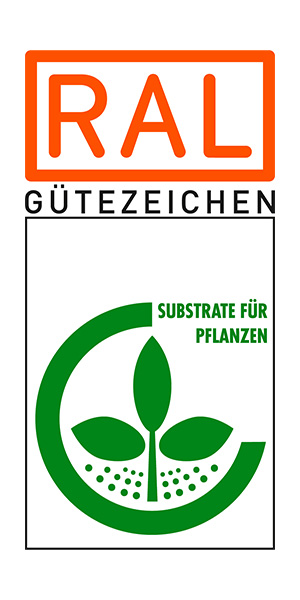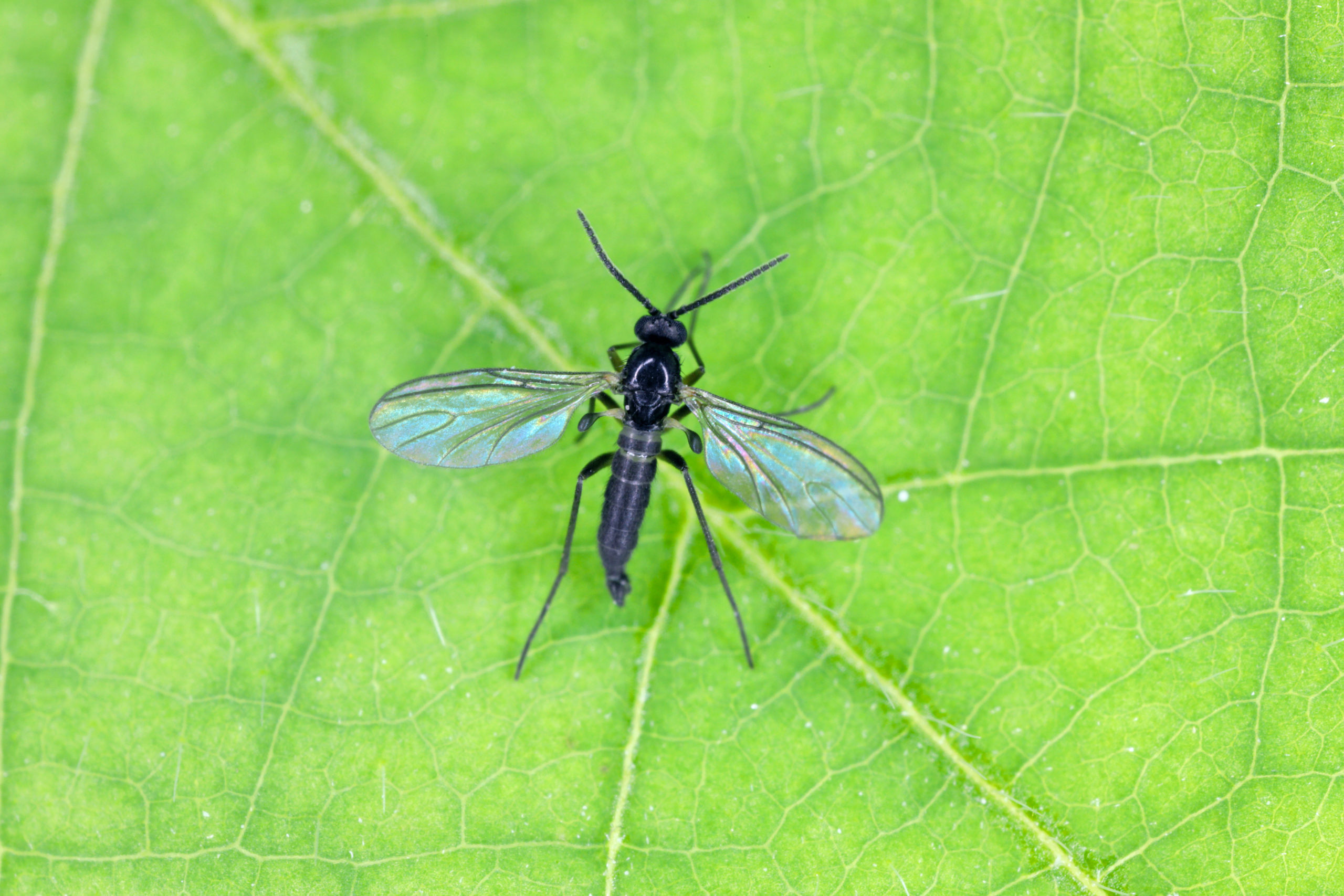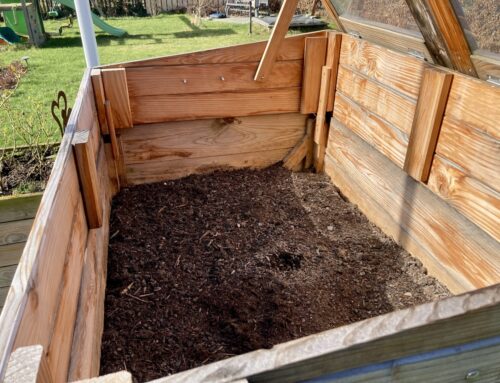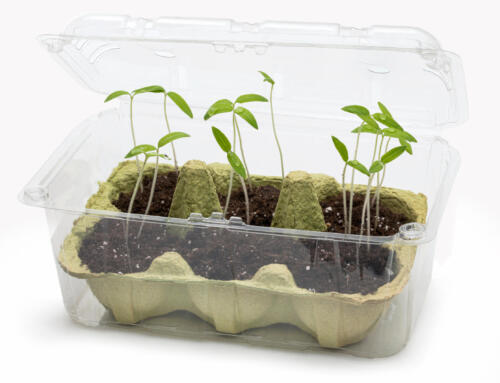Fungus gnats can be an issue, especially in winter. Here’s an easy solution to the problem.
Almost every plant lover has had to deal with black 1-5 mm large fungus gnats (Sciaridae) at one point in their lives. The flies are found especially in greenhouses and in the winter near pot plants. Adult fungus gnats can be a nuisance, especially when their only purpose seems to be to annoy you in your greenhouse or home. But it’s the freshly hatched larvae that can be a real problem for plants.
Female fungus gnats set up their “nursery” in potting soil that is permanently moist. Four to six days after the females have positioned the eggs, translucent to white larvae hatch at a size of 5-10 mm. In open country, the larvae help decompose rotting plant material. In other words, they have an important function there. However, in a flower pot, the larvae, if present in larger numbers, may sometimes nibble at the plants’ fine hair roots. As a result, the plants lose their ability to take up water and wilt, although there is sufficient moisture in the substrate.
Fungus gnats love permanently moist potting soil
If fungus gnats reproduce explosively in winter, this is a sign that the potting soil is permanently too wet. Winter is actually a time of dormancy. Plant growth is much slower than in summer and water requirements are correspondingly lower. As fungus gnats are almost magically attracted to permanently moist potting soil, they will often occupy your windowsill. Ideally, you should not water your plants in winter until the potting soil is completely dry on the surface. There is a simple and easy test of whether it is or not: just feel the potting soil with your finger, going 1-2 cm deep. Many plants will survive short-term drying out of their root balls just fine.
Some plants require a higher level of moisture. They are less attractive to the flies if the potting soil is topped with a layer of sand 2 cm thick. To keep the insects away from seedlings and cuttings you grow on the windowsill or in the greenhouse, cover the tray with clear film. The film will also increase the humidity level underneath and, consequently, enhance rooting.
Use premium potting soils
To provide your (young or indoor) plants with optimum starting conditions, you should always use potting soil that carries the RAL quality mark (you can find a list here). Only high-quality feedstock is used to make RAL-certified substrates. Moreover, the products are subject to continual quality inspections by approved independent labs. Certification criteria include particle size, plant tolerance and potential contamination with pollutants. This is how RAL Quality Assurance creates optimum conditions for good and healthy plant development.
When it comes to the worst – active control of fungus gnats
Both the adult fungus gnats and their larvae can be controlled efficiently and in an absolutely environmentally-friendly manner. Insert yellow sticky cards in the potting soil of your pots to trap the flies. The small insects are attracted by the yellow colour and will get stuck to the (pesticide-free) sticky cards. As a positive side effect, the sticky yellow cards also help to fight a great deal of flying insects (e.g. whitefly and winged aphids).
The most effective control of Fungus gnats is by nematodes of the Steinernema feltiae species. These beneficials are invisible to the human eye and harmless even for children or pets. Stir them into the water you use to water your plants and they will parasitize the larvae. The nematodes are available from horticultural suppliers or via the internet. Good to know: While applying these little helpers, do not allow the potting soil to dry completely even in winter.







